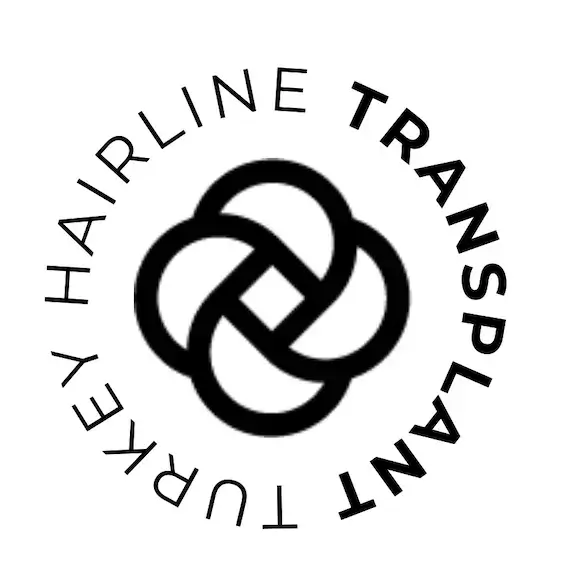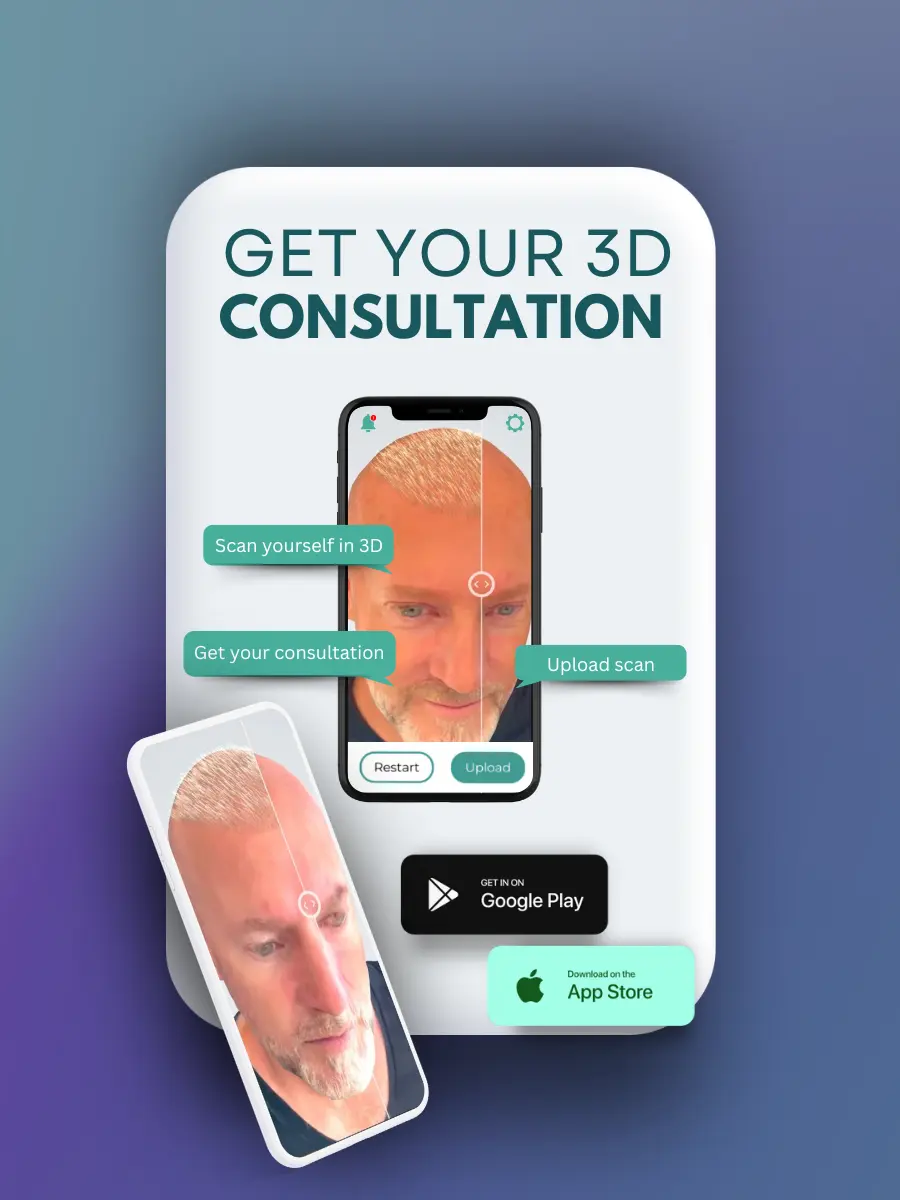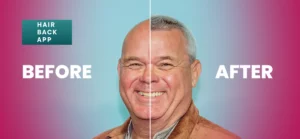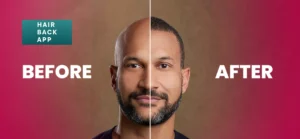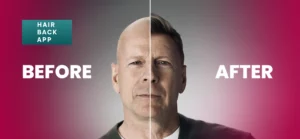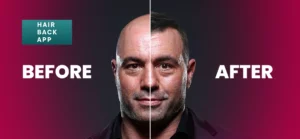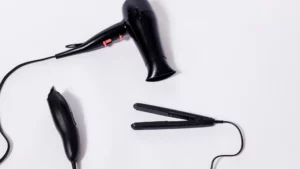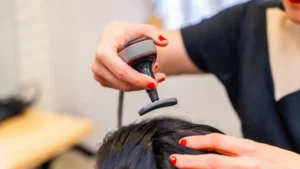Hair loss is a common concern that affects millions of people worldwide, with causes ranging from genetics to hormonal changes and environmental factors. As the quest for effective solutions continues, microneedling for hair loss has emerged as a promising therapy. In this article, we delve into the science behind microneedling, its application in treating hair loss, and its potential benefits.
What is Microneedling?
Microneedling, also known as collagen induction therapy, involves the use of a device equipped with fine needles to create controlled micro-injuries on the skin’s surface. Originally developed for skin rejuvenation, microneedling has gained traction as a potential treatment for hair loss due to its ability to stimulate natural hair growth processes.
How Microneedling for Hair Loss Works
The microneedling for hair loss process initiates a controlled wound healing response in the scalp, prompting the release of growth factors and cytokines. These signaling molecules stimulate the production of collagen and elastin, essential components of the skin’s structure.
In the context of hair loss, microneedling is believed to:
- Increase Blood Flow: Microneedling enhances blood circulation to the treated area, ensuring a sufficient supply of oxygen and nutrients to the hair follicles.
- Activate Stem Cells: The micro-injuries induced by microneedling may activate stem cells in the hair follicles, encouraging the regeneration of hair.
- Improve Absorption of Topical Treatments: Microneedling creates microchannels in the skin, facilitating the better absorption of topical hair loss treatments, such as minoxidil or platelet-rich plasma (PRP).
Scientific Evidence Supporting Microneedling for Hair Loss
Several studies have explored the effectiveness of microneedling in treating hair loss. A study published in the Journal of Cutaneous and Aesthetic Surgery found that microneedling significantly improved hair density and thickness in participants with androgenetic alopecia, a common form of hair loss.
Another pilot study: A Randomized Evaluator Blinded Study of Effect of Microneedling in Androgenetic Alopecia, reported that microneedling combined with minoxidil was more effective in promoting hair growth than Minoxidil alone.
Microneedling Procedure for Hair Loss
- Preparation: The scalp is thoroughly cleaned, and a topical anesthetic may be applied to minimize discomfort during the procedure.
- Microneedling: A microneedling device is used to create controlled micro-injuries across the scalp. The depth of penetration is adjusted based on the specific needs of the individual.
- Post-Procedure Care: After microneedling, the scalp may be red and sensitive. It’s crucial to follow post-procedure care instructions provided by the practitioner, including avoiding sun exposure and certain hair care products.
Potential Side Effects and Considerations
While microneedling for hair loss is generally considered safe, it’s essential to consult with a qualified practitioner before undergoing the procedure. Possible side effects may include temporary redness, swelling, and minor discomfort. Individuals with certain skin conditions or those prone to keloid scarring should exercise caution and seek professional advice.
Is Dermarolling the Same as Microneedling?
A dermaroller is a type of microneedling device. Microneedling is a broader term that encompasses various devices, and a dermaroller is one specific tool within this category. Both microneedling for hair loss and dermarolling involve the use of fine needles to create controlled micro-injuries in the skin, triggering a natural healing response.
We have summarized the key differences between the two:
- Device Design:
- Microneedling Pen: This device typically looks like a pen and has a motorized system that controls the depth and speed of the needles.
- Dermaroller: It is a handheld roller device with a cylindrical drum studded with fine needles. The roller is moved across the skin to create micro-injuries.
- Needle Configuration:
- Microneedling Pen: The needles are often in a linear configuration and can be adjusted to varying depths.
- Dermaroller: Needles are arranged in a circular pattern on the roller. The needle length is predetermined by the roller design.
- Application:
- Microneedling Pen: Offers more precision and is often preferred for targeted treatment in specific areas.
- Dermaroller: Can cover larger areas of the skin in a rolling motion.
- Depth of Penetration:
- Microneedling Pen: Allows for more precise control over the depth of penetration, which can be adjusted based on the treatment area and skin condition.
- Dermaroller: The depth is determined by the needle length of the roller and may be less adjustable than a microneedling pen.
- Comfort and Convenience:
- Microneedling Pen: Some people find it more comfortable and less invasive due to the controlled, vertical needling motion.
- Dermaroller: The rolling motion may cause more discomfort for some individuals, especially on sensitive areas.
Can Microneedling be Combined With Other Hair Loss Treatments for Enhanced Results?
Microneedling can be effectively combined with other hair loss treatments to potentially enhance results. The combination of microneedling with complementary therapies is often referred to as combination therapy or synergistic treatment. Here are some common combinations:
Microneedling and Topical Treatments:
Combining microneedling for hair loss with topical treatments such as minoxidil or other growth-promoting solutions can enhance the absorption of these products. The microchannels created by microneedling facilitate better penetration of topical agents into the scalp, potentially maximizing their effectiveness.
Microneedling and Platelet-Rich Plasma (PRP):
PRP is a treatment that involves withdrawing a small amount of the patient’s blood, processing it to concentrate the platelets, and then injecting it back into the scalp. When combined with microneedling, PRP can be applied topically or injected into the microchannels created by the procedure, potentially promoting hair follicle stimulation and growth.
Microneedling and Hair Growth Serums:
Some individuals use specialized hair growth serums containing peptides, vitamins, and other active ingredients. Microneedling can enhance the absorption of these serums, promoting their penetration into the scalp for improved efficacy.
Microneedling and Low-Level Laser Therapy (LLLT):
Low-level laser devices, such as laser caps or combs, are used to stimulate hair follicles. Combining microneedling for hair loss with LLLT may offer a synergistic effect, as microneedling creates microchannels for better absorption of laser therapy and potentially enhances blood flow to the scalp.
Microneedling Pen: A Hair Loss Tool With Potential
Microneedling for hair loss represents a promising avenue for those seeking non-invasive and natural approaches to stimulate hair growth. Many dermatologists recommend it in combination with other hair loss treatments. While scientific evidence supports its efficacy, individual results may vary.
Consulting with a qualified healthcare professional or dermatologist can provide personalized guidance based on one’s unique circumstances. As research in this field continues, microneedling holds the potential to become an increasingly integral component of comprehensive hair loss management strategies.
